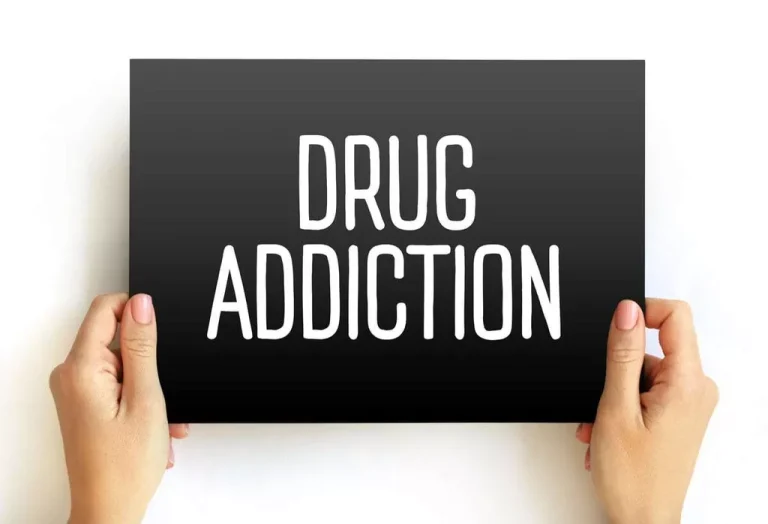Tapering off opioids: When and how

Procedure for administering clonidine for moderate/severe opioid withdrawal. Patients should be monitored regularly (3-4 times daily) for symptoms and complications. The Short Opioid Withdrawal Scale (SOWS, p.37) is a useful tool for monitoring withdrawal. Use the https://ecosoberhouse.com/ SOWS score to select an appropriate management strategy. Do not try to engage the patient in counselling or other psychological therapy at this stage. A person in withdrawal may be vulnerable and confused; this is not an appropriate time to commence counselling.
- For most people, the worst symptoms get better after a few days.
- For that reason, you must speak with your doctor about what to expect.
- We do not receive any commission or fee that is dependent upon which treatment provider a caller chooses.
- If you are using methadone to manage chronic pain, you may still be physically dependent on it and experience withdrawal symptoms when you try to quit or reduce your dose.
Everyone deserves addiction treatment that works — including those in jail
If left untreated, the mental health symptoms of post-acute withdrawal can lead to debilitating or life threatening conditions. Check out this article to learn more about how therapy can support you during withdrawal. The first symptoms you experience in opioid withdrawal can vary for the same reasons your withdrawal timeline can vary. Generally speaking, symptoms are progressive, starting mild at first and resembling those of the flu.
Management of mild alcohol withdrawal (AWS score 1-
Research shows that roughly three in four people who complete opioid detoxification relapse within two to three years. While there’s no definitive withdrawal test, your healthcare methadone withdrawal team may check a urine sample to rule out any other drug interactions that may be causing your symptoms. Methadone is an opioid medication that’s used to treat severe pain.
- Methadone’s ability to prevent withdrawal symptoms helps pregnant women better manage their Opioid Use Disorder (OUD) while avoiding health risks to both mother and baby.
- Extra opioids, alcohol and drugs can increase your risk of an overdose.
- It is also a medication that can help ease the symptoms of withdrawal from other opioids.
- Once a person is stable at a lower dose, the doctor will attempt to taper you from the drug again.
6. WITHDRAWAL MANAGEMENT FOR ALCOHOL DEPENDENCE
Acute methadone withdrawal symptoms can last up to 14 days, but many people experience post-acute withdrawal for months after their last dose. These lingering psychological symptoms leave many people feeling uncomfortable in their own skin, dissatisfied with their decision to quit methadone, and frustrated about their lack of progress. If you have opioid use disorder, you probably know what to expect from opioid withdrawal. Feeling like you have a terrible flu, vomiting, diarrhea, sweating, and insomnia are all common. With a short-acting opioid, these withdrawal symptoms can be intense but typically peak within a couple of days and begin to resolve.
Stimulants are drugs such as methamphetamine, amphetamine and cocaine. Although these drugs vary in their effects, they have similar withdrawal syndromes. Withdrawal management alone is unlikely to lead to sustained abstinence from benzodiazepines.
Because naltrexone can bring on instantaneous withdrawal, you shouldn’t start using it until all the methadone is out of your system. These numbers aren’t pretty, but don’t let them scare or discourage you. Knowing the odds will help you understand the value of ongoing treatment.

What Is Opioid Withdrawal?
Common methadone side effects may include:
Otváracie hodiny
Otváracie hodiny:
Pondelok – Piatok: 10:00 – 22:00
Sobota – Nedeľa: 11:00 – 22:00
Opening hours
Opening hours:
Monday – Friday: 10:00 to 22:00
Saturday – Sunday: 11:00 – 22:00
